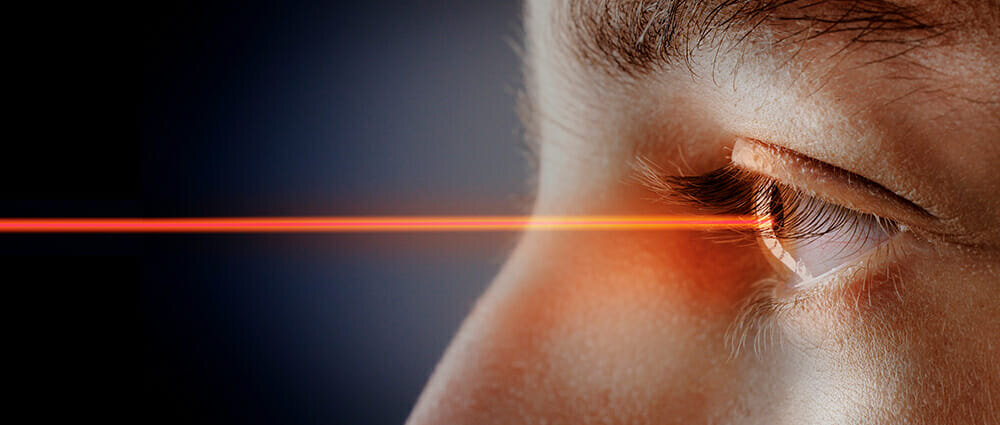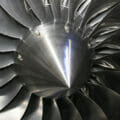Laser technology is readily available, and today it is commonly used for a wide range of tasks across multiple industry sectors. Whilst some lasers are an integral part of “off the shelf” standard machines, which in themselves are a self-contained solution, there are many other applications where the production solution is bespoke. In these instances, it is essential that serious consideration is given to ensuring that all aspects of the final solution are taken into account.
This article from TLM Laser’s Andy Toms highlights the key areas which are sometimes overlooked by those who are not completely familiar with the integration and use of laser technology, leaving operators at risk.
The important first step when seeking to purchase a laser source is of course ensuring that it is the right technology, Fiber, CO2, YAG etc. and the correct wavelength for the application in hand. However, even before the laser is delivered, it is essential that the integration and operation of the laser is properly planned. This process needs to be both detailed and comprehensive, taking into account factors such as the physical location of the laser, how and where the extraction system will operate and most importantly the safety aspects relating to the laser beam.
Andy Toms explains: “All too often we have seen laser installations which have either been completed by the end user themselves, or together with an integrator who clearly had little knowledge of the specific requirements relating to the safe installation and use of laser technology.
As for many manufacturing technologies, true expertise is only gained over years at both an academic and practical level. Although it is clearly unacceptable that such installations exist, it is not a complete surprise to find that those new to laser technology and who decide to “jump in at the deep end” attempting their own installation and integration, can fall far short of acceptable standards.”
Systems need to conform to machinery directives such as CE and UKCA, and additional guidance can be found from the classification scheme for lasers. This indicates the potential risk to humans from exposure to the beam. Ranging from Class 1 to Class 4, with a total of 8 different levels of classification, the higher the class number, the greater risk posed by the laser radiation. In practice, the risk will also be influenced by the way in which the laser is used together with exposure time.
Failure to adhere to machinery directives or other regulatory requirements can have serious consequences beyond any accident or incident involving an employee. Company directors may find themselves facing legal action and any business insurance policy may be deemed void due to failure to comply with regulations.
If we compared the purchase of a laser system to that of buying a car, we expect and indeed demand that the car is complete with its engine, powertrain, interior, and all safety technology in place. Only an automotive expert, or perhaps someone foolhardy, would decide to purchase the car with no safety features and implement these aspects themselves.
Andy Toms continues: “There are so many points to consider and address if a laser installation is to meet all required standards. By engaging the services of a qualified and experienced integrator at the earliest stages of a project, end users will not only gain a much more comprehensive understanding of their application, but also will be able to rest assured that system performance, reliability, productivity and most importantly safety will be to the highest standards.”
As a business, TLM Laser has over the years built up a comprehensive portfolio of laser processing technologies which is supported by ancillary equipment ranging from Laser Safety Eyewear, Extraction Systems and right through to complete Laser Safe Enclosures, designed and built around the specific application. Add to this the company’s hard-won expertise in applying lasers for cutting, welding, marking, and cleaning applications and potential users of laser technology can leverage from a truly holistic approach to laser system integration.
Andy Toms concludes: “It is essential that potential users of this powerful and flexible technology take the time to look closely at what they are trying to achieve, understand the potential hazards and take qualified advice. Only by doing this can they be sure that everything relating to the installation will actually be alright and that all potential risks are eliminated.”








